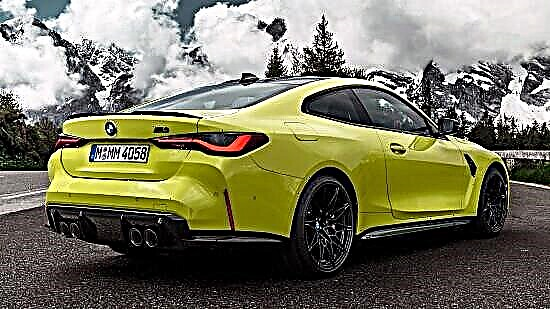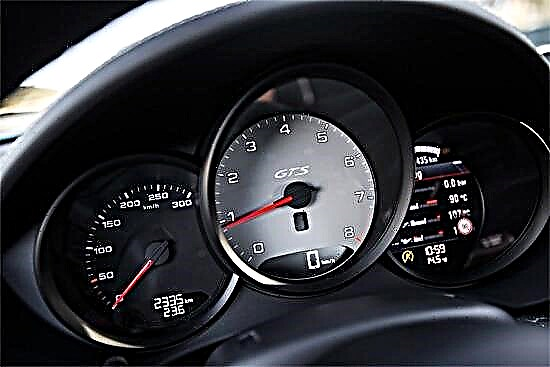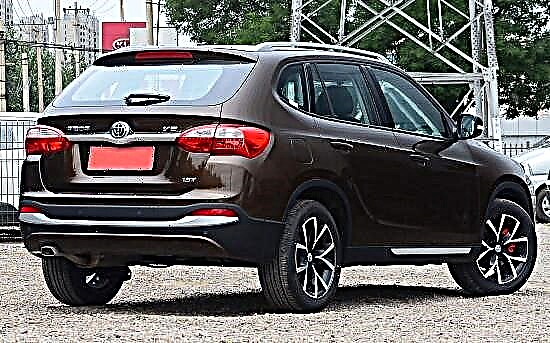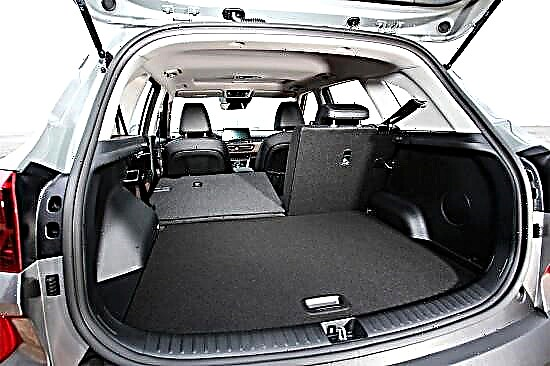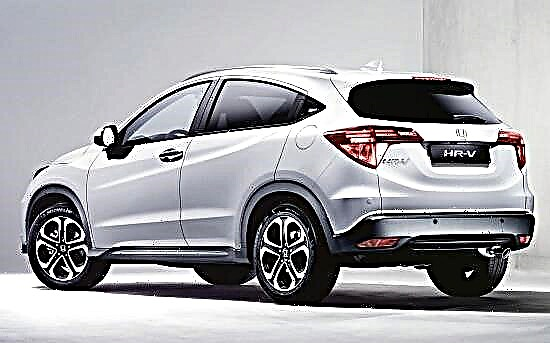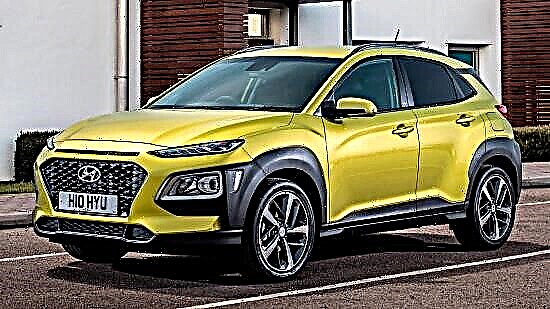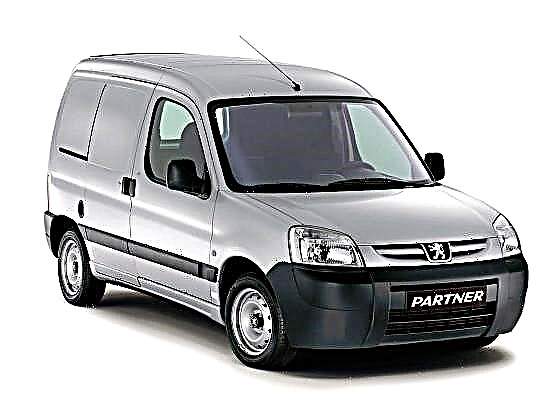The all-metal Peugeot Partner van of the first incarnation made its debut in the fall of 1996 - at the stands of the International Auto Show in Paris, after which its sales began in the leading world markets.

In 2002, the "Frenchman" underwent an update, as a result of which it received a revised exterior and interior, a modernized range of power units and an expanded list of equipment.

The car remained on the assembly line until 2008, after which it experienced a "generational change", but for some countries its production continues now under the name "Origin".

In length, the "Partner" of the original generation extends to 4146 mm, reaches 1719 mm in width and 1810 mm in height. The gap between the wheelsets of the front and rear axles is 2693 mm for the van, and its ground clearance is 140 mm.
The curb weight of the "heel" ranges from 1190 to 1310 kg, and its carrying capacity is from 600 to 995 kg (depending on the modification).

Under the hood of the "first" Peugeot Partner there are four-cylinder petrol and diesel engines:
- The former include atmospheric units with a volume of 1.1 ~ 1.8 liters with a central or distributed "power" and an 8- or 16-valve timing structure, which produce 60 ~ 109 horsepower and 88 ~ 147 Nm of torque.
- Among the latter are 1.6 ~ 2.0 liter battery injection engines with 8 or 16 valves, generating 58 ~ 90 hp. and 110 ~ 205 Nm of torque.
By default, all power plants are mated to a 5-speed "manual" transmission and drive wheels of the front axle.
The car exchanges the second "hundred" after 12.2 ~ 27.4 seconds, and its maximum capabilities do not exceed 135 ~ 172 km / h.
Gasoline van versions consume 7.7 ~ 9.0 liters of fuel for every 100 km of run in mixed conditions, while diesel versions consume 5.4 ~ 7.0 liters.
The first generation Peugeot Partner is based on a front-wheel-drive architecture, which implies a transverse placement of the power unit. At the front, the "heel" is equipped with an independent chassis with McPherson struts, a transverse stabilizer and hydraulic shock absorbers, and at the rear - a semi-independent suspension with a torsion beam.
The standard all-metal van is equipped with rack and pinion steering and hydraulic booster. The front wheels of the Frenchman are equipped with disc brakes, and the rear wheels have drum devices (by default - with ABS).
In the Russian market of second-hand trucks "Partner" of the first generation in 2018 is offered at a price of ~ 50 thousand rubles.
The positive qualities of the van are: sturdy and reliable design, excellent maintainability, high technical and operational characteristics, ergonomic interior, spacious cargo compartment, etc.
The car also lacks negative aspects: weak dynamics, low ground clearance, stiff suspension, etc.

